
Welcome back to the "Did You Know" series, where curiosity meets discovery! We are excited to have you join us once again on this journey to uncover fascinating facts, intriguing insights, and astonishing discoveries about the world around us. Get ready to feed your mind and ignite your imagination as we explore topics that will surprise, educate, and inspire you. Let's begin!
Squirrels, those small creatures with bushy tails and quick movements, are considered some of the most interesting animals in the natural world. But did you know that squirrels that hide nuts only remember the locations of 26% of them? This fact might seem strange, especially when we see squirrels swiftly moving between trees and carefully hiding their food. However, the truth is that these small creatures rely on various strategies to secure their food, not just their memory.
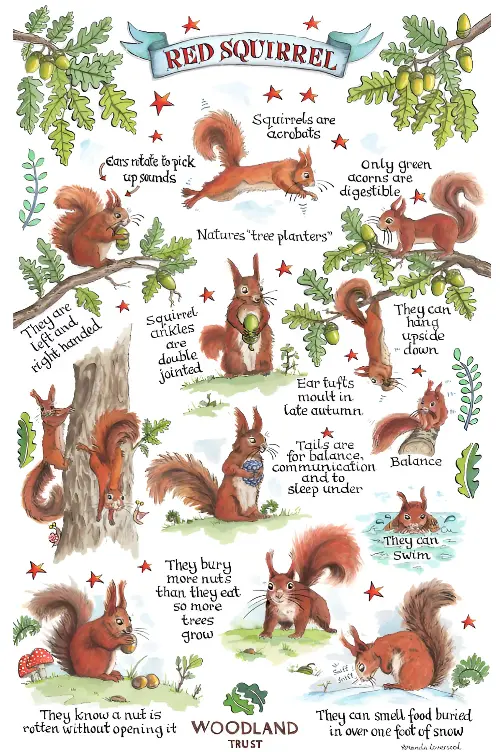
How do squirrels hide their food?
When we think of squirrels, the first image that comes to mind is them carrying an acorn or a nut between their small teeth and then burying it in the ground or hiding it in tree crevices. These behaviors are not just random habits; they are part of a survival strategy that squirrels have developed over the years. In the fall and winter, when food is scarce, squirrels rely on the stockpile they have previously hidden. But how do they deal with the large percentage of nuts they don't remember the locations of?
In reality, squirrels do not rely solely on their memory to locate hidden food. Instead, they use a combination of senses and smart strategies. For example, squirrels rely on their strong sense of smell to locate nuts buried underground or under fallen leaves. Additionally, they use natural landmarks like trees and rocks as reference points to determine the general locations of their caches. These methods help them compensate for the lack of spatial memory.
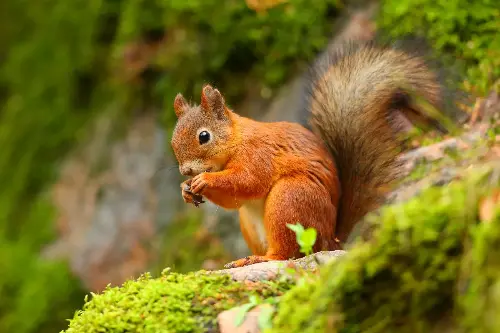
But why do squirrels only remember 26% of the places where they hide nuts?
The answer lies in the nature of the ecosystem they live in. Squirrels live in dynamic environments where conditions are constantly changing. Leaves fall, snow covers the ground, and other animals might find and eat some of these nuts. Therefore, relying entirely on memory may not be an effective strategy. Instead, squirrels hide large quantities of food in scattered locations, increasing the chances that some will remain even if others are lost.
Interestingly, this strategy not only benefits squirrels but also contributes to the dispersal of tree seeds. When squirrels forget the locations of some nuts, these seeds remain in the soil and grow into new trees. In this way, squirrels play an important role in maintaining ecological balance and renewing forests.
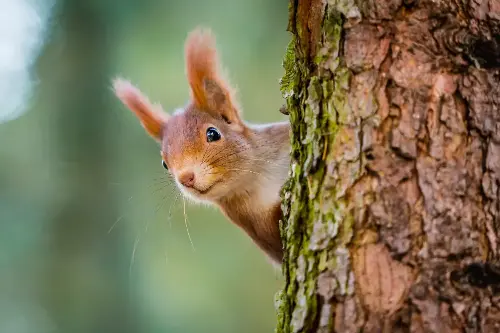
Squirrels under the microscope: Scientific research and advanced imaging techniques
If we want to deepen our understanding of squirrel behavior, we can turn to modern scientific research that uses advanced techniques to study these creatures. For example, a study conducted by Princeton University found that squirrels use what is known as "working memory" to locate hidden food. This memory allows them to remember information for a short period, helping them adapt to rapid environmental changes.
Additionally, high-resolution cameras and tracking tags have been used to monitor squirrel movements in the wild. These techniques revealed that squirrels make frequent visits to their hiding spots, indicating that they rely on a complex system of visual and olfactory signals to locate them.
Through thermal imaging, it was discovered that squirrels hide food in places with suitable temperatures, increasing the chances that the nuts will remain edible for a longer period. These discoveries give us a deeper insight into the complexity of the survival strategies used by squirrels.
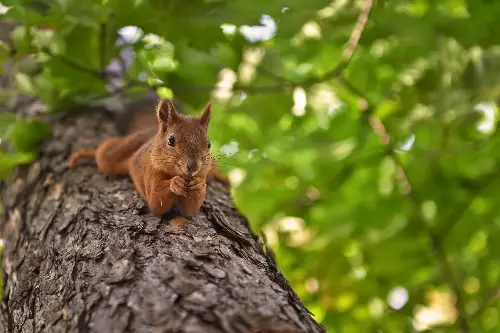
But squirrels are not the only ones facing challenges in remembering the locations of hidden food. In the animal kingdom, many species rely on storing food for long periods. For example, woodpeckers store seeds in tree crevices, while some rodents bury grains underground. However, squirrels are distinguished by their ability to adapt to environmental changes and use a variety of senses to locate food.
It is worth noting that the memory of squirrels, despite its limitations in remembering hiding spots, is strong in other aspects. For instance, squirrels can remember the locations of trees that produce large quantities of food or places that provide protection from predators. This specialized spatial memory helps them survive in their natural habitats.
Learning and adaptation: The secret to squirrels' success
Additionally, squirrels have an amazing ability to learn and adapt. Studies have shown that squirrels can learn from their past experiences and adjust their behavior accordingly. For example, if a squirrel notices that a certain place is frequently raided by other animals, it may avoid hiding food there in the future.
Socially, squirrels lead largely solitary lives but communicate with each other through a range of sounds and signals. This communication helps them avoid conflicts and establish territories. However, food hiding remains an individual activity, with each squirrel relying on itself to secure its food.
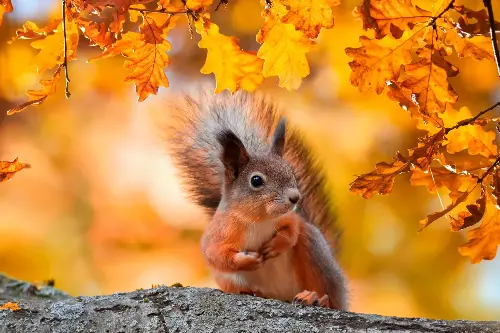
In conclusion, it can be said that squirrels, despite their small size, possess complex and effective survival strategies. The ability to hide food and use different senses to locate it, along with specialized spatial memory, makes them creatures capable of adapting to environmental challenges. Forgetting 74% of the nuts they hide is not a weakness but part of a smart strategy that contributes to their survival and the maintenance of the ecosystem. So, the next time you see a squirrel hiding its food, remember that it is doing more than meets the eye.
Thank you for joining us in this edition of the "Did You Know" series. We hope you enjoyed discovering fascinating facts and insights as much as we enjoyed sharing them with you. Keep your curiosity alive and continue exploring the world around you, as there is always more to learn and admire.
Don't miss the opportunity—make sure to join us every week in the "Did You Know" series, where each edition promises to ignite your imagination and satisfy your curiosity with new and exciting facts! Until next time, keep questioning and discovering!
